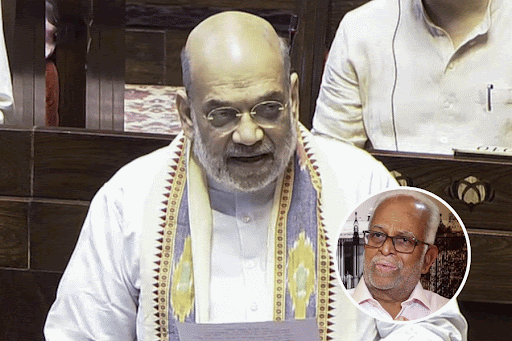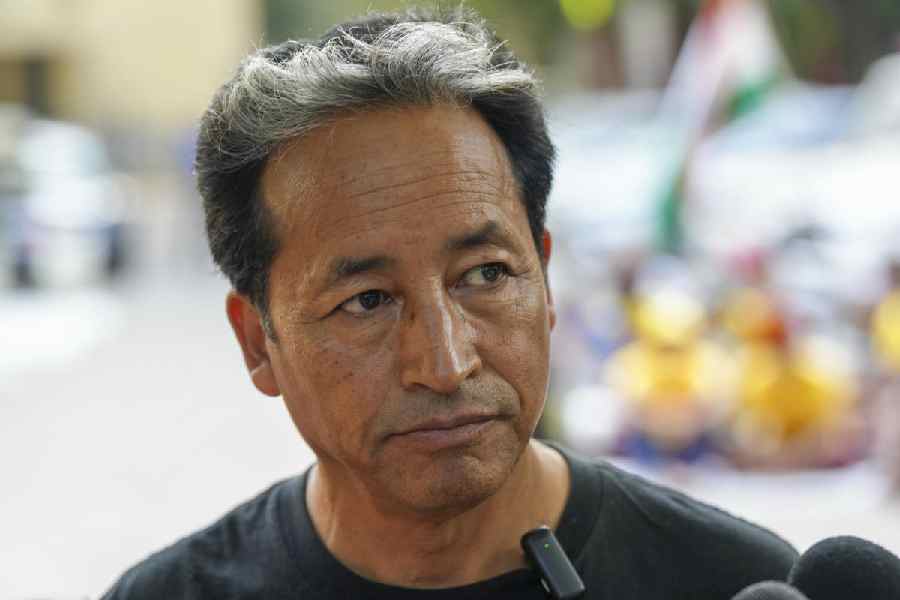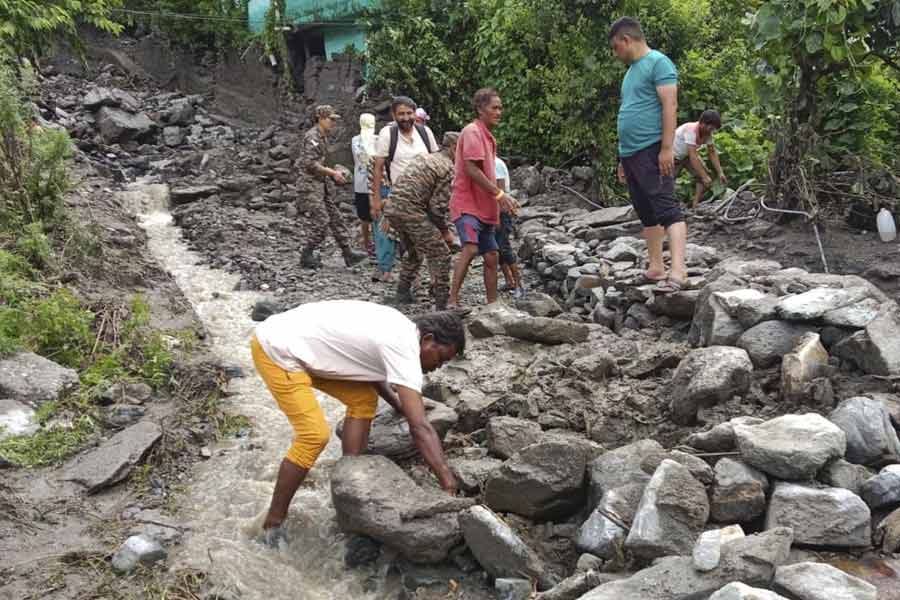When I started working for the historic Churanga Garh fort restoration as a conservation activist way back in the early Nineties, there were many hurdles. The first one came from a forest ranger, who was trying to show more powers than what was granted to him under the law of the land.
When we wanted to excavate the area near the boundary walls and the queen’s bathing pond, the elephant’s drinking place and many more such sites of the fort, he had objected to our efforts at conservation on the pretext that the area was part of a sanctuary.
The Archaeological Survey of India (ASI), even after declaring Churanga Garh as a monument of national importance in 1951, hardly made any progress and effort to carry out more excavation or exploration work. The Odisha government also did not take any steps to acquire land, fence it and hand it over to ASI for its research activities.
While the junior forest official was creating all types of nuisance in the conservation process, we have discovered to our horror that a patch of land inside the protected area belonged to a contractor, who claimed that he possessed the land since the late Forties. Not only that, but some of his labourers were inside the protected zone, which was in fact doubly protected as an archaeological site and also a reserved forest and sanctuary (if the forest ranger’s claims were right).
My point is that even years after I came across news regarding Churanga Garh, neither the ASI nor the Odisha government has arisen out of their deep slumber.
First it was Sisupalgarh fort, where the state government failed to protect nearly 500 acres of land in the early eighties and now the area has become a concrete jungle. A similar situation is likely to happen in case of Churanga Garh near Baranga near Nandankanan, if the authorities do not act fast.
Spread over nearly 1,132 acres, the Churanga Garh site is nearly the double the area of the Sisupalgarh fort. However, even after losing such a beautiful monument to the perils of urbanisation and illegal building construction, the Odisha government is not taking any step now.
In the early Nineties, while working for Churanga Garh, I have faced many hostile occasions. Illegal residents had threatened me, so were those trying to acquire a portion of the land inside the protected site.
We had information that a huge metal utensil used in the past for community cooking was recovered from a site inside the Churanga Garh area. On getting the information, I informed the local police, ASI and even the state archaeology. People were saying that the hooks to lift the utensil were nearly 10-15 kg each, but after we reported there was no serious effort by these agencies and the historic artefact never came to the limelight.
The historic Churanga Garh fort is one among the five major forts (pancha katakas) of the Ganga dynasty (Kataka in Odia refers to military cantonments)
According to Madalapanji (Odia chronicle), Chodaganga Dev, the founder of the imperial Ganga dynasty, had built the fort, which was later named after him. The gigantic fort played a significant role from the medieval time till the advent of the Britishers. The fort was functioning as the second line of defence being strategically situated in a dense forest range.
King Chodaganga Dev paid all attention to maintain its impregnability for effective safeguarding the far-flung empire. During the reign of Bhanudev II, Feroz Shah Tughlaq invaded the fort in 1360 AD. It remained under the possession of King Mukunda Dev, the last independent ruler of Odisha.
In 1568, the fort came under the occupation of the Afghans and subsequently occupied by the Moghuls. After the state came under Moghuls in 1578 AD, Sri Ramachandra Dev ruled the fort and it continued to flourish till the emergence of the British in 1803. I think the Odisha government should seriously deal with archaeological sites and help the ASI take up exploration and excavation so that new sites could come to limelight.
In February this year, archaeologists and anthropologists stumbled on the remains of an adult human being on the city outskirts, who must have lived around 4,000 years ago. The find is expected to throw light on the emergence of early farming communities in coastal Odisha. The excavation in Baanga village near Harirajpur on the city outskirts would throw light on the emergence of early farming communities, their settlements and exploitation of natural resources in coastal Odisha. This would also throw light on the phase of Odishan cultural history prior to the emergence of urbanisation at Sisupalgarh and such other sites, which are dated to about 500 BC to about 600 AD.
The artefacts recovered from the site bear close resemblance to the discoveries made by the ASI in Golabai, 30-km away from Harirajpur in the 90s. The skeletal remains of this kind were the second such occurrence in the state after Golabai. If a detailed excavation in Sisupalgarh and later Churanga Garh will be taken up more and more historical links could come up.
Excavated sites apart, the upkeep of monuments across the city is also in a mess. While the 12th century Megheswar temple on Tankapani Road is still struggling with a drainage problem after repeated assurance from the ASI and the Odisha government, uncontrolled growth of houses near monuments has emerged as a major headache. The Khandagiri-Udayagiri caves are now in the limelight for reasons not relating to history and archaeology, but for a road accident that claimed three lives and seriously injured nearly 10 persons. The demand for the closure of the road between the twin hills has been revived.
Earlier, the state government had decided to close the road between the twin hills. I was present at the meeting where the decision was taken.
Already a semi-circular road has been constructed with central funds to provide an alternative to the road proposed to be closed. However, the state administration and ASI are not taking any step in this regard. The vibration caused by the vehicles travelling through the existing road is also affecting the ancient rock-cut caves on the twin hills.
It is also surprising to see multi-storeyed buildings, including malls and schools, being built near Khandagiri-Udayagiri caves while the Ancient Monuments and Archaeological Sites and Remains (Amendment and Validation) Act, 2010, clearly says that within 100 metres of an ASI protected site no construction is permitted. The next 200 metre is regulated zone.
The historical sites and monuments should be well protected and preserved for the future generations to know about the evolution of civilisation.











